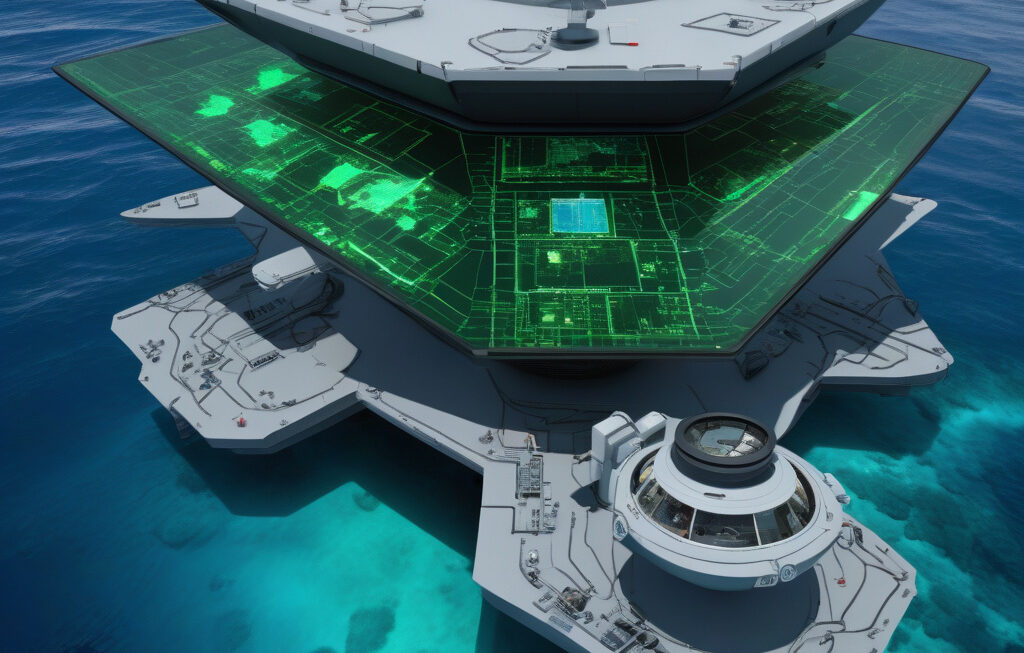UK’s Royal Navy Tests Underwater Robot to Protect Critical Undersea Infrastructure
The UK Navy has started testing an advanced underwater robot designed to protect critical undersea infrastructure. This cutting-edge technology marks a significant milestone in safeguarding vital assets beneath the ocean’s surface. With the increasing reliance on undersea cables for communication and data transfer, ensuring the security of these assets is more crucial than ever. The innovative robot, equipped with state-of-the-art sensors and surveillance capabilities, represents a proactive approach to defending against potential threats to undersea infrastructure.
In recent years, there has been a growing concern over the vulnerability of undersea cables to sabotage and disruption. These cables play a pivotal role in supporting global communications, internet connectivity, and financial transactions. Any damage to these critical links could have far-reaching consequences, impacting not only military operations but also everyday civilian activities. Recognizing this threat, the UK Royal Navy has taken a proactive stance by deploying advanced technology to protect undersea infrastructure.
The underwater robot being tested by the Royal Navy is designed to patrol strategic areas and detect any suspicious activity or unauthorized interference. By leveraging its sophisticated sensors, the robot can monitor underwater environments with precision and accuracy. In the event of a potential threat, it can swiftly alert authorities and take necessary action to mitigate risks. This proactive surveillance capability enhances the Navy’s ability to safeguard undersea assets and maintain operational continuity.
Moreover, the deployment of this advanced underwater robot underscores the growing importance of technology in modern maritime security. As adversaries seek new ways to disrupt critical infrastructure, nations must adapt by embracing innovative solutions to defend against emerging threats. By integrating cutting-edge robotics and artificial intelligence into their defense strategies, the UK Navy demonstrates a forward-thinking approach to protecting its interests in the undersea domain.
In addition to its security benefits, the use of underwater robots also presents opportunities for environmental monitoring and research. These sophisticated machines can collect valuable data on marine ecosystems, underwater topography, and oceanic conditions. By gathering insights from the depths of the ocean, scientists and researchers can enhance their understanding of marine environments and contribute to conservation efforts.
As the UK Royal Navy continues to test and refine its underwater robot, the maritime community watches with interest. The successful implementation of this advanced technology could set a precedent for other naval forces seeking to enhance their undersea security capabilities. By investing in cutting-edge solutions and staying ahead of emerging threats, the UK Navy reaffirms its commitment to protecting critical undersea infrastructure and maintaining maritime superiority.
In conclusion, the UK Navy’s testing of an underwater robot for protecting undersea infrastructure represents a significant step towards enhancing maritime security in an era of evolving threats. By leveraging advanced technology and proactive surveillance measures, the Royal Navy demonstrates its readiness to defend vital assets beneath the ocean’s surface. As the undersea domain continues to play a crucial role in global connectivity and security, innovative solutions like underwater robots are poised to shape the future of maritime operations.
Royal Navy, UnderwaterRobot, MaritimeSecurity, UnderseaInfrastructure, AdvancedTechnology












